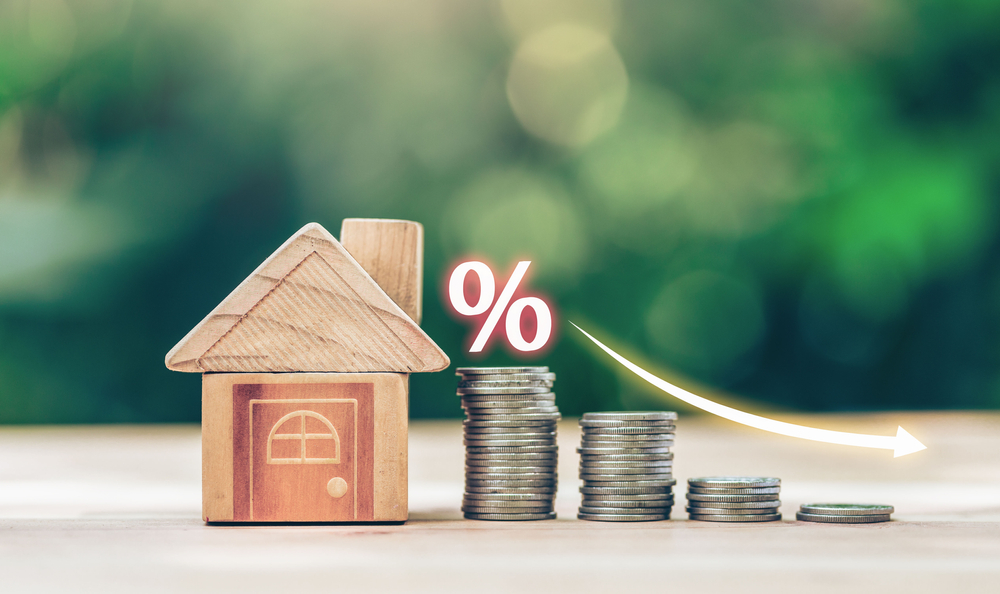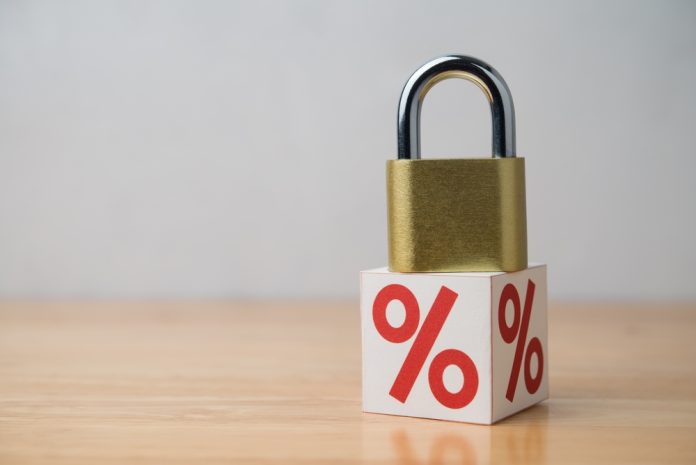If you’re in the process of buying a home or thinking about it, you’ve probably come across the term mortgage rate lock. But what exactly does it mean, and how do you know if it’s the right time to lock your rate in?
Understanding mortgage rate locks can save you thousands of dollars over the life of your loan. Locking in your rate at the right time can protect you from sudden interest rate increases—and bring peace of mind while you wait for closing day.
In this article, we’ll break it down in plain English. We’ll cover what a mortgage rate lock is, when you should lock your rate, when it might make sense to wait, and how to navigate the process with confidence. Let’s dive in.
What Is a Mortgage Rate Lock?
A mortgage rate lock is an agreement between you and your lender that guarantees a specific interest rate on your loan for a set period of time—usually 30 to 60 days. Once the rate is locked, it won’t change, even if market rates rise before your loan closes.
Here’s a simple example: Let’s say you’re under contract to buy a home, and your lender offers you a 6.5% interest rate today. You’re scheduled to close in 45 days. If you lock in that 6.5% now, that’s the rate you’ll get at closing, no matter what happens with the market in the meantime.
This can be especially helpful in a rising interest rate environment, where even a small increase in rates could bump up your monthly mortgage payment and add tens of thousands to your long-term interest costs. A mortgage rate lock gives you predictability and control during a time when a lot of things can feel uncertain.
However, it’s important to understand that a locked rate works both ways. If interest rates drop after you lock, you’ll miss out on the lower rate unless your lender offers a “float-down” option, which we’ll explain later.
When Should You Lock Your Mortgage Rate?
So when is the right time to lock? The general rule of thumb is to consider a mortgage rate lock once you have a signed purchase agreement and are confident about your timeline to close. Locking too early could mean paying for an extension later, while locking too late leaves you exposed to market fluctuations.
For example, let’s say you just went under contract on a home and your lender offers a 45-day rate lock, which aligns with your closing date. If interest rates are trending upward, locking right away can protect you from paying more down the road. If you’re happy with the current rate and the monthly payment it creates, it’s usually a smart move to lock it in.
However, if you’re several weeks or months away from making an offer—or you’re not fully approved for a loan yet—it’s too early to lock. In that case, keep an eye on the market and stay in close contact with your lender so you’re ready to move quickly when the time is right.
One key point: Always confirm how long your lock is good for, and ask about the cost of extending it if your closing date gets pushed back. Some lenders charge for extensions, while others may include a short grace period.
What Happens If Rates Drop After You Lock?

This is one of the biggest concerns buyers have with a mortgage rate lock. What if you lock in at 6.5%, and a week later, rates drop to 6.2%? Unfortunately, unless your lender offers a “float-down” provision, you’re locked into the higher rate.
A float-down is an option that allows you to take advantage of a lower rate if it becomes available before you close. Not all lenders offer this feature, and some may charge extra for it. Others may only offer it under specific conditions—like a significant drop in market rates.
If you’re concerned about this, ask your lender about their float-down policy before locking your rate. It’s not always necessary, but in a volatile market where rates are bouncing up and down, it can be a valuable safeguard.
Another strategy some buyers use is to hold off on locking their rate if they believe rates are going to fall. But keep in mind, this comes with risk. Interest rates can rise quickly, and trying to time the market isn’t always a winning strategy. If the current rate fits your budget and your timeline, locking may still be the better option.
How Long Does a Mortgage Rate Lock Last?
The typical mortgage rate lock lasts 30, 45, or 60 days—though some lenders offer custom lock periods depending on your situation. The longer the lock, the more time you have to close your loan without worrying about interest rate changes.
That said, longer locks can sometimes come with slightly higher interest rates or fees. A 60-day lock, for example, might cost more than a 30-day lock. It’s important to discuss this with your lender and determine which time frame aligns best with your expected closing date.
If your closing gets delayed beyond your lock period, your lender may offer an extension—but this usually comes with a cost, often in the form of a fee or a slight increase in your interest rate. In some cases, you may need to re-lock your rate altogether, possibly at a higher rate if the market has moved up.
To avoid surprises, stay on top of your closing timeline and communicate frequently with your lender and your real estate agent to ensure everything stays on track.
Final Thoughts on Mortgage Rate Locks

A mortgage rate lock is a valuable tool that can give you financial certainty during one of the biggest purchases of your life. By locking your interest rate, you protect yourself from sudden increases and keep your monthly payment stable, even in a shifting market.
The key is timing. Lock too early and you may pay more than necessary; wait too long and you could end up with a higher rate. Work closely with your lender to understand your options, ask about float-downs, and keep a close eye on your contract dates.
If you’re buying a home soon and want to feel confident in your mortgage process, understanding when—and how—to use a mortgage rate lock is a must. It’s one of the smartest financial decisions you can make during your homebuying journey.

